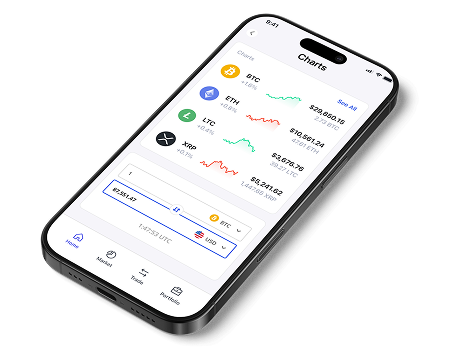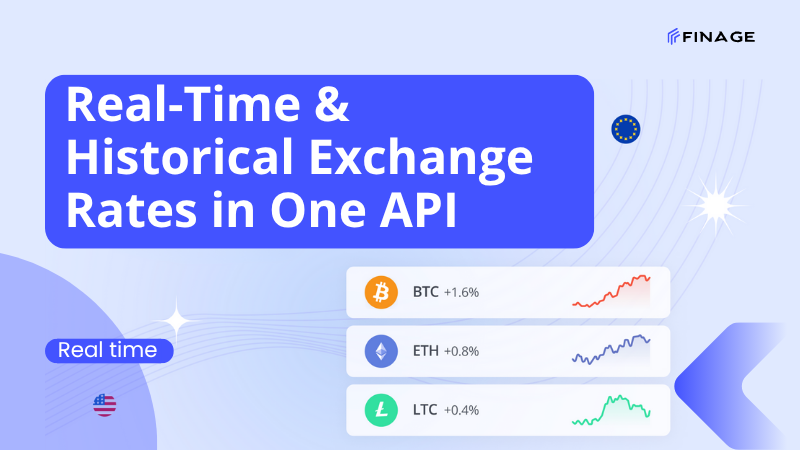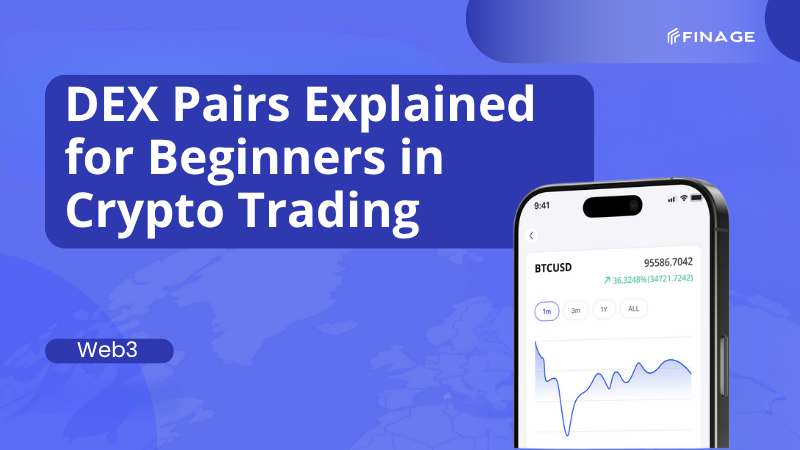CEXs & DEXs: How to Arbitrage Between Them
5 min read • October 23, 2022

Introduction
When it comes to 21st-century finance, two components of great importance are centralized and decentralized exchanges. These are two versions of the same thing but on opposite sides of the spectrum. Although it is safe to say that the latter of the two appears to be the way of the future, we are not at the point where it is universally accepted. This means that at the very least a relationship between the two will have to exist.
This is usually done through arbitrage, which in theory, should open up both varieties to the best the other has to offer. The hope is that once arbitraging between the two is done, one can make a profit. Let’s check the arbitrage strategies between CEXes and DEXes in order to profit.
Contents:
- What Is CEX?
- What Is DEX?
- How to Arbitrage Between Them
- Final Thoughts
What Is CEX?
Centralized exchanges, also known as CEXs, are organizations that use a business model that is comparable to that of traditional asset exchanges such as stock exchanges in order to facilitate the trading of cryptocurrencies on a big scale.
This version basically ensures that trade occurs in the presence of an order book. This book is a record of all requests for crypto to be bought and sold by particular traders at specified prices. Centralized exchanges aggregate these requests and try their best to match them with other orders. This is done using software designed for the purpose.
As it stands, this version of the exchange is the one most utilized today. This can be attributed to several factors including their efficiency and their relative affordability to operate. Their centralized nature makes them able to process numerous transactions without any true mess-up in terms of tracking crypto.
There are issues to them, however, with the most agreed upon being their shadiness. This lack of openness is rather obvious, as a user doesn’t really know how they operate and as such, they are left in the dark for the most part. This creates a space for malpractices such as fiddling with prices and creating false activity in the market.
What Is DEX?
This version seeks to accomplish the same thing but in the completely opposite way. An exchange that describes itself as somewhat free from control, allows users to be the masters of everything. This means that they are allowed access to all data and nothing is held back from them.
On such a platform, this is achieved through smart contracts as opposed to your typical main authority. The lack of the main authority and the existence of smart contracts means that the entire system is somewhat automated and functions under rules that can’t be bent so easily.
They also possess a sense of privacy for users, because of wallets that exist outside of the exchange. This means that private keys cannot be released unless at the behest of the user.
Unfortunately, these platforms are not particularly scalable, because no framework exists to limit how long they can function before reaching capacity. They are also fairly new, which means that not enough about the technology is clear to users. This recency also lends itself to issues of all assets having difficulty with liquidity, although that is changing rapidly
How to Arbitrage Between Them
Arbitraging is about as risky as you would imagine, but once two opposing concepts are thrown in to make the action work, the difficulty grows. To help with this a bot with this specific ability has to be built. During this creation process, it is best to operate on platforms that support multiple exchanges as they would be the best place to test the bot out.
In theory, this bot should be able to discern the status of an asset and do exactly what it is programmed to do, which is to buy low and sell high. It is also possible to run these at the prices you have set. Unfortunately, the bot comes with some downside, or rather, it comes with one. This one issue is the possible liquidation of assets, which can occur if the ability to leverage is abused. This is a problem that bots can now curb through the use of a limiting margin ratio.
Building a bot is something that can be done on a computer, but you need to have some prior knowledge concerning programming. It is fairly complicated, but once you have it figured out, you can begin the process using the following steps:
- Choosing the appropriate language
- Write down every possible platform for either exchange
- Form accounts on all these platforms
- Create a specific trading bot
- Be clear with the bot’s architecture
- Start and finish coding the bot
- Run the bot through some tests
- Finish the process by actually using the bot in real life
Final Thoughts
In a time where it appears as though the decentralized way is taking the world by storm, arbitraging between these two opposites is a no-brainer. Bots are the way to do it, but they are not an easy feat. The first bot will likely be a disaster especially if you are not as experienced, but you can get the arbitrage bot and work with the professionals and find ready solutions.
The sense of improvement also applies to existing bots, which will have to be continuously maintained and modified throughout their lives. The financial world is constantly moving forward and maybe there will be a time when the link between DEX and CEX will become obsolete. Until then, however, we have to make the most of it while it still exists.
You can get your Real-Time and Historical Cryptocurrency Data with Finage free Crypto Data API key.
Build with us today!
Claim Your Free API Key Today
Access stock, forex and crypto market data with a free API key—no credit card required.

Stay Informed, Stay Ahead
Finage Blog: Data-Driven Insights & Ideas
Discover company news, announcements, updates, guides and more


